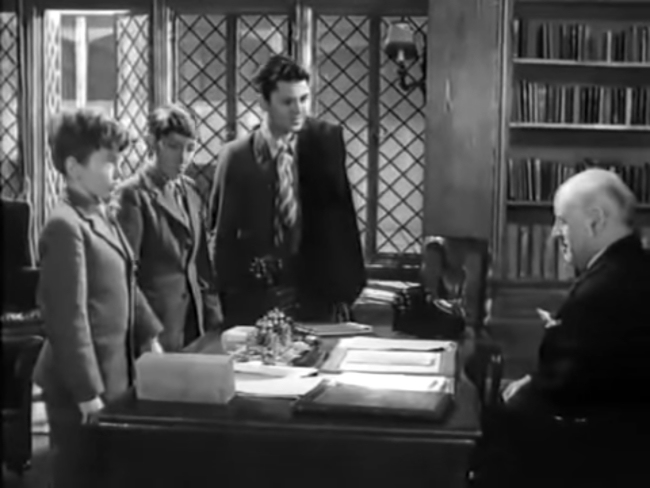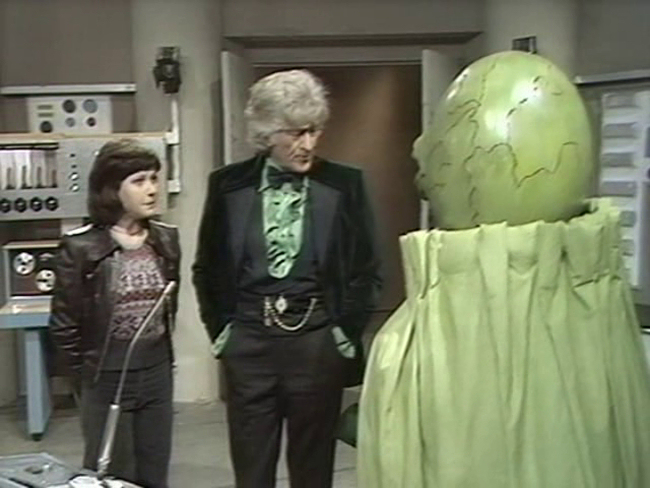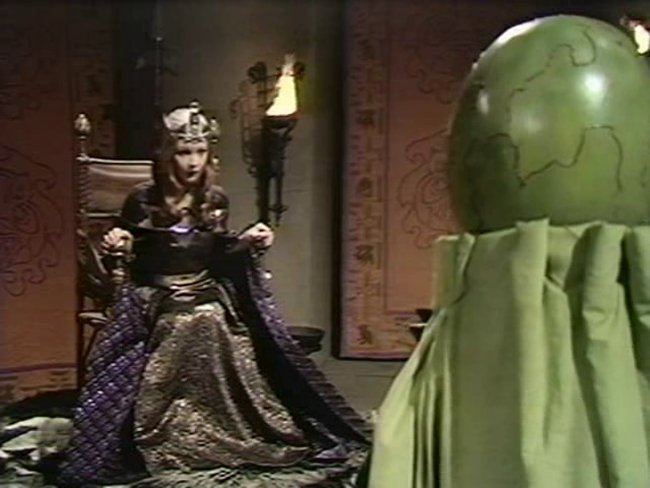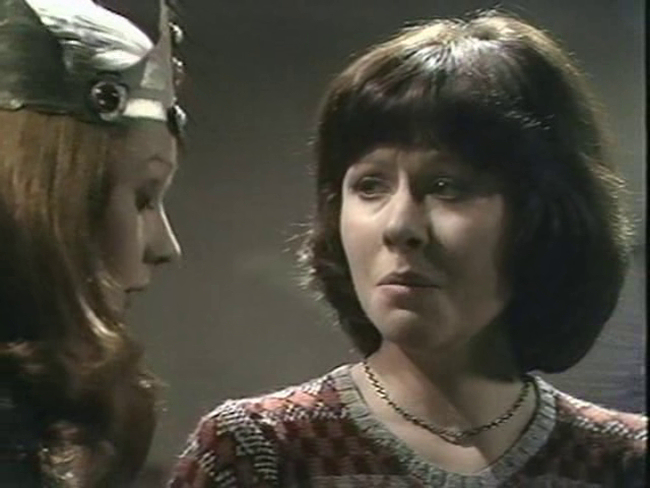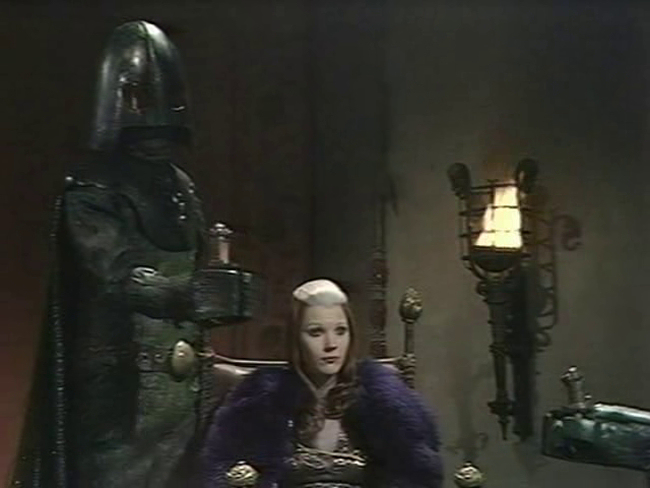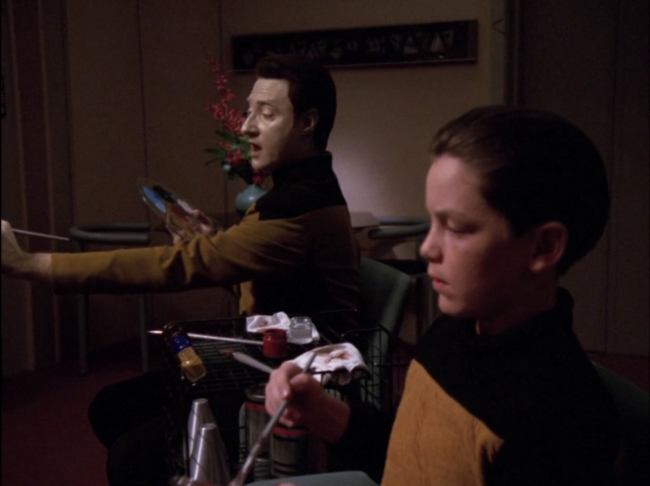
Another chapter of the Star Wars saga drew to a close last night with the series finale of Star Wars Rebels. Coming from much of the same creative team, notably showrunner Dave Filoni, as the beloved Clone Wars, Rebels had its good points but suffered from greater restrictions with regards to depictions of violence due to Disney's apparent desire to market this show to kids too young for the kinds of dismemberment and killing seen in A New Hope. I'm guessing two to three year-olds? Maybe that's also why the writers were comfortable leaving so many plot holes in last night's movie length finale--consisting of two episodes, one a half hour, one over forty minutes. But many of the people who claim The Last Jedi makes no sense or is badly written also happen to be strong advocates of Rebels, a fact perhaps related to the series' much more male-centric stories. The finale certainly doubled down on that premise presenting a world where female characters are motivated by their devotion to boys who would be obnoxious or unremarkable in real life and male characters who are also driven by their devotion to other male characters. And at the centre of everyone's universe is a charmless boy named Ezra Bridger.
Spoilers after the screenshot

Being so used to Clone Wars, which achieved appeal for all ages by drawing inspiration from old adventure movies and serials, it hadn't occurred to me until recently to try to see Rebels from the perspective of what must be its only intended audience: very, very young children. In this context, Taylor Gray's performance as the character's voice actor, which I always found so gratingly whiny, might have been sympathetic to those whose primary means of communicating with other people had been crying for most or all of their short lives. Ezra's expressions of emotional and physical needs are met selflessly and tirelessly by maternal female characters, Hera (Vanessa Marshall) and Sabine (Tiya Sircar).

There'd been a couple episodes, notably in season two, that had focused on Hera, her backstory, and her motivation, written by the series' only female writer, Nicole Duboc. This stood in contrast to the multiple female writers employed on Clone Wars, none of whom were among the several carried over for Rebels. I'm not one of those people who thinks men can't write women and vice versa--I think Rey is a good character, after all. But maybe if there'd been some more gender diversity in the Rebels writing staff it would've helped the show achieve the wider perspective portrayed on Clone Wars. On the other hand, maybe a narrower perspective was precisely the point on Rebels. With Disney going all in on female protagonists in the feature films, maybe Rebels was intended to make sure they also captured the audience uncomfortable with that. There was an attempt made in season three to foreground Sabine a bit more by giving her a sword and involving her people, the Mandelorians, but she never connected the way Ahsoka did on Clone Wars. Partly this is due to Rebels' generally inconsistent character development for nearly all characters, male or female. Ezra, who began season four providing comic relief with broad Jar Jar-ish slapstick, was abruptly arced into being a canny strategist in the finale.

Here a shot, cribbing from the popular Darth Vader action sequence from the end of Rogue One, displays Ezra's deliberate theatricality to inspire terror in stormtroopers who attack the Rebel base on Lothal, Ezra's homeworld. Not that any Imperial need worry; much like the cartoon tiger on Walking Dead, these wolves can distinguish friend from foe and can take prisoners.

Some stormtroopers tossed off-screen presumably died but not so explicitly that young children will get any idea there's anything ugly about killing. The finale does feature a sequence where, Ezra's brilliant plan apparently not accounting for the possibility of Thrawn (Lars Mikkelsen) using the firepower of his Star Destroyers, many civilians are probably killed by turbolaster fire, though no deaths are shown. The only character who definitely dies is one of the aged clone troopers (Dee Bradley Baker).

These characters, who were the titular clones of Clone Wars, are brought in to help the Rebels in their attack on Lothal's Imperial base along with another carry over from the old series, the pirate Hondo (Jim Cummings), who now expresses a zealous devotion to Ezra. Why this shady character, who seems a prototype for Benicio del Toro's character in Last Jedi, has suddenly found himself so committed to the Rebel cause isn't explained. Maybe it's something Disney has left open for tie-in media. Many of the plot holes in last night's episodes made me wonder if the company has taken a page from EA, the video game company who has gained notoriety lately by generating profits in Star Wars video games via charging for extensive downloadable content. Any plot hole or unexplained element could be a canon book or comic Disney can sell.

A good candidate for such tie in media would be the bounty hunter Ketsu Onyo, Sabine's former partner introduced in season one. Voiced by Gine Torres, she's a very welcome boost to the show's otherwise mostly lacklustre acting talent. She's brought in for the finale with even less explanation than Hondo, her conflicted feelings about the cause Sabine had subscribed to apparently having been tidily resolved at some point.

The finale also brought back Mart Mattin (Zachary Gordon). A character introduced in a second season episode with peculiar emphasis, intended to be a charming rogue type, he was then oddly shunted to a non-speaking background part for season four until the last episode when he's sent off to enlist the aid of the giant space squids Ezra had befriended in season two.
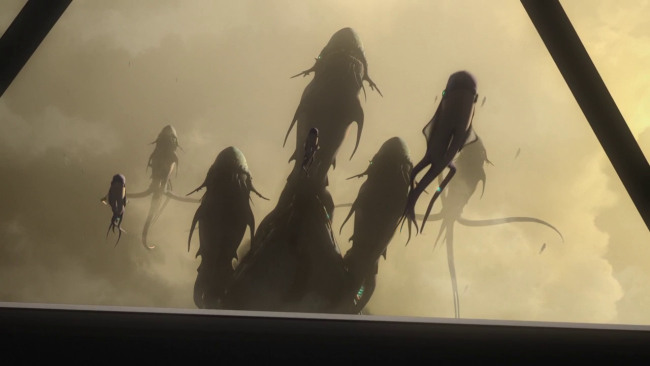
How Mart is able to lure the beasts to Lothal without Ezra's Force ability to communicate with the animals is left unexplained.

Ezra, meanwhile, has delivered himself to Thrawn in exchange for Thrawn holding fire on the civilian population. Ezra derides Thrawn for stealing art he didn't "earn", an ironic statement coming from Ezra who started the series as a street thief and who is currently in league with the pirate Hondo. Thrawn then takes Ezra to the hold of the Star Destroyer where there's stashed a fragment of the Jedi Temple which in a previous episode had allowed Ezra to reach back in time to save Ahsoka Tano. Here Emperor Palaptine appears via hologram, voiced by Ian McDiarmid himself, who's so good you almost don't notice what he's doing doesn't make any sense. It seems similar to Palpatine's tempting of Anakin to go to the Dark Side by promising the power to save Padme from death but no connexion to the Dark Side is made when the Emperor shows Ezra a portal through which his dead parents can be brought back to life. What exactly was the plan? "Phase 1: Get Ezra on the ship. Phase 2: Show him how he can resurrect his parents. Phase 3: Something something Dark Side." In any case, Ezra refuses to save them because "letting go" is more important than saving their lives. I'm not sure how the two to three year-old target audience would take that.

In the end, the show moves forward in time to after Return of the Jedi when we see Hera has given birth to a child she'd conceived with Kanan. Apparently she and Kanan had had sex before she told Kanan she loved him. Was Disney promoting the idea of a kinky, purely physical relationship between Kanan and Hera? Well, given the target audience I suppose it's more likely we're to assume a Loth Stork delivered the baby.

Ahsoka shows up with no explanation as to what she'd been up to during the original trilogy (something else for potential tie-in media) and she and Sabine, who finally has a decent haircut, rush off to find Ezra, wherever he is, now that the war is over, fervently clinging to the belief that he's survived somehow. It's too bad Lorca didn't have friends like that on Star Trek: Discovery. Personally I hope they only find that Thrawn is still alive.

